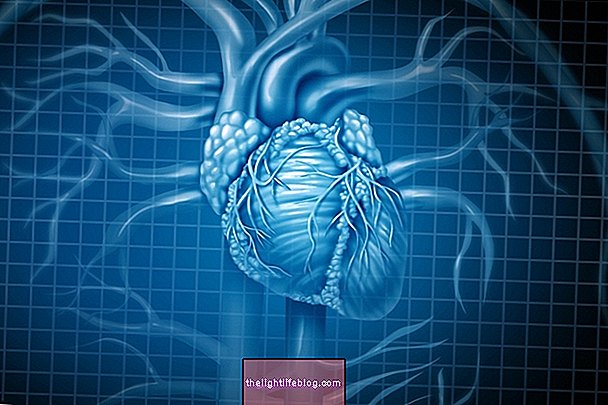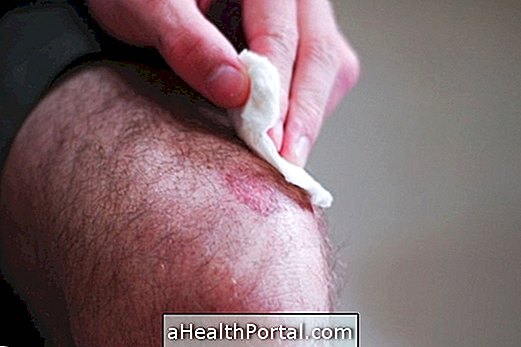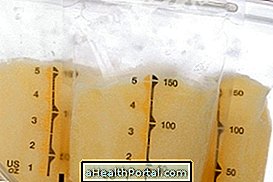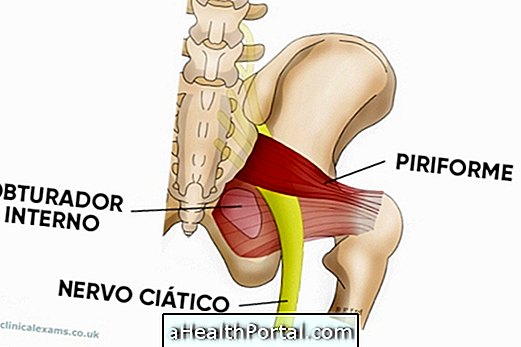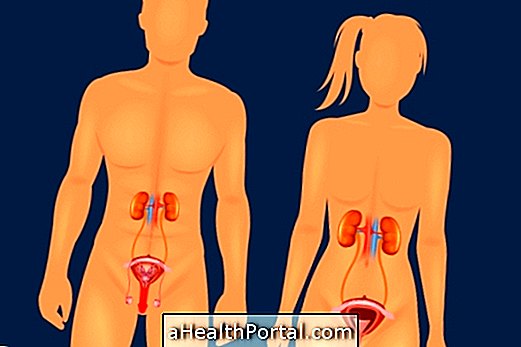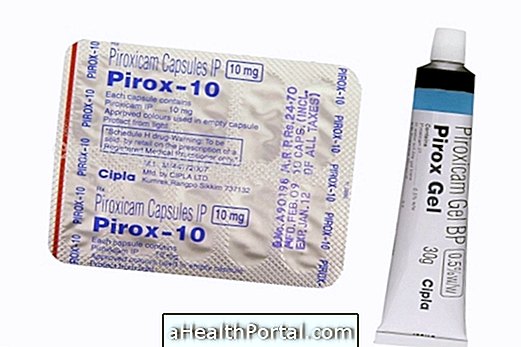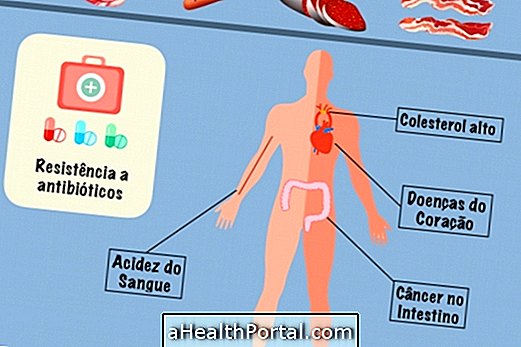The stent is a small tube that is placed inside an artery in order to keep it open, restoring or preventing the decrease in blood flow due to clogging and maintaining tissue oxygenation. Generally, the use of the stent is indicated in emergency situations to treat coronary artery blockage in the heart or to prevent the rupture of aneurysms in the brain, aorta or other blood vessels.
Most stents are made of metal or polymer, but they can also be made with a special fabric, and some can be coated with medications, called drug-eluting stents, which release the drug directly into the artery, which helps to prevent formation clots in the artery, which can cause it to clog.
The use of the stent should always be indicated by a cardiologist or angiologist and placed through a surgery called angioplasty. Find out how angioplasty is performed.

What is it for
The stent serves to open blood vessels that are reduced in diameter due to the accumulation of fats on the artery wall or the formation of clots that cause clogging, preventing blood from reaching the organs and, thus, restoring and improving blood flow and amount of oxygen in the tissues.
Generally, stents are indicated when 70% or more of the blood vessel is blocked, being used in cases of people who have obstruction of the coronary arteries in the heart, such as acute myocardial infarction or unstable angina or even, in cases of ischemia silent, in which the person discovers that he has a blocked blood vessel through routine examinations.
Stents should be placed in hospital by the doctor, using general anesthesia or sedation, with a small cut in the groin, arm or neck where a catheter is inserted to reach the clogged artery.
In addition to the coronary arteries, stents can also be used to unblock and open the passage of carotid or iliac arteries, bile ducts, bronchi, ureters, urethra, trachea, esophagus, colon, pancreas or duodenum.
Main types
Stents can have different shapes such as a spiral that are more flexible, a coil that adapt to the curves of blood vessels or in the form of a mesh, which is a mixture of those of the other two types, spiral and coil.
In addition, stents are classified according to their structure and the type of material they comprise and include:
1. Conventional stent
The conventional stent is made with a metal mesh such as stainless steel, cobalt-chromium or nickel-titanium, and is also called a metallic stent, has no special coating, acting as if it were a scaffold, supporting blood vessels and preventing their contraction , which allows you to keep them open.
After the placement of the metal stent and as the artery heals, the blood vessel cells grow around the stent, keeping it in place, but over time, especially in the first 12 months, and the overgrowth of these cells , a scar may form on the stent, which can lead to clogging of the artery again. In this case, further surgery may be necessary to replace the stent.
2. Drug-eluting stent
The drug-eluting stent is also made with a metal mesh, but it is different from the conventional stent in that it has a coating with drugs with anti-inflammatory and immunosuppressive action, such as sirolimus, paclitaxel, zotarolimus or everolimus, which are slowly released directly into the blood vessel and prevent the formation of scarring and obstruction of the artery.
This type of stent, due to its high cost, is indicated in cases of people at high risk of having new vessel closure, such as diabetics, people with extensive lesions in the blood vessels or who need the placement of many stents, for example.
3. Biodegradable stent
The biodegradable stent, also called a bioabsorbable stent, is made with polymers such as lactic polyacid, having a more flexible structure and which dissolve over time transforming into lactic acid that is fully absorbed by the body after 2 to 3 years after its placing.
This type of stent can be coated with a medication such as everolimus, which is gradually released into the blood vessel, preventing the clogging of the artery.
4. Radioactive stent
The radioactive stent continuously releases small doses of ionizing radiation into the blood vessel, reducing the risk of scar tissue formation and accumulation and clogging of the artery.
This type of stent is seldom used, being indicated only for intracoronary brachytherapy, a type of radiotherapy used to prevent new coronary artery clogging in people who have presented obstruction even after the use of another type of stent.
Was this information helpful?
Yes No
Your opinion is important! Write here how we can improve our text:
Any questions? Click here to be answered.
Email in which you want to receive a reply:
Check the confirmation email we sent you.
Your name:
Reason for visit:
--- Choose your reason --- DiseaseLive betterHelp another personGain knowledge
Are you a health professional?
NoMedicalPharmaceuticalsNurseNutritionistBiomedicalPhysiotherapistBeauticianOther
Bibliography
- BRITO JÚNIOR, Fábio Sândoli de; et al. Intracoronary Brachytherapy in the Treatment of Stent Restenosis. Initial Experience in Brazil. Arq Bras Cardiol. 77. 3; 266-269, 2001
- MUÑOZ, Juan Simon; et al. Intracoronary brachytherapy. Treatment of Intra-Stent Restenosis with the Beta-Cath System. Initial Experience in Latin America. Brazilian Archives of Cardiology. 83. 1; 57-62, 2004
- MCKAVANAGH, Peter; et al. The evolution of coronary stents. Expert Rev Cardiovasc Ther. 16. 3; 219-228, 2018
- SALI, Gaurav Mohan; JOSHI, Hrishikesh B. Ureteric stents: Overview of current clinical applications and economic implications. Int J Urol. 27. 1; 7-15, 2020
- AVSARALA, Sameer K .; FREITAG, Lutz; MEHTA, Atul C. Metallic Endobronchial Stents: A Contemporary Resurrection. Chest. 155. 6; 1246-1259, 2019
- MINE, Benjamin; et al. Comparison of stents used for endovascular treatment of intracranial aneurysms. Expert Rev Med Devices. 15. 11; 793-805, 2018
- SABATH, Bruce F .; OST, David E. Update on airway stents. Curr Opin Pulm Med. 24. 4; 343-349, 2018
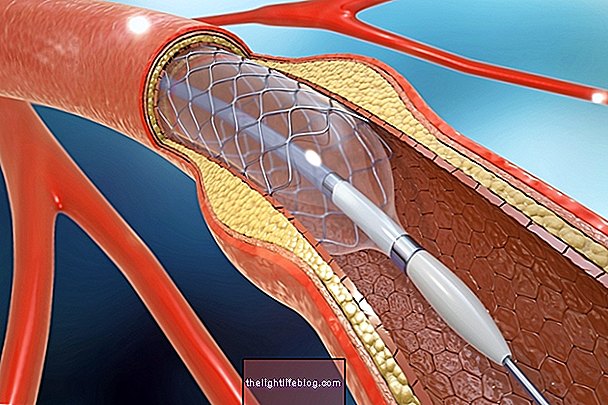

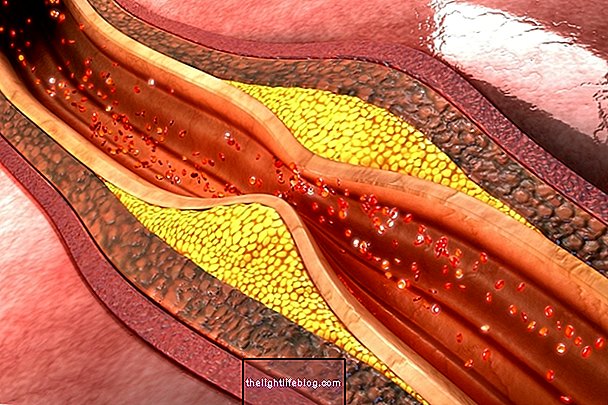
-o-que--causas-e-tratamento.jpg)
